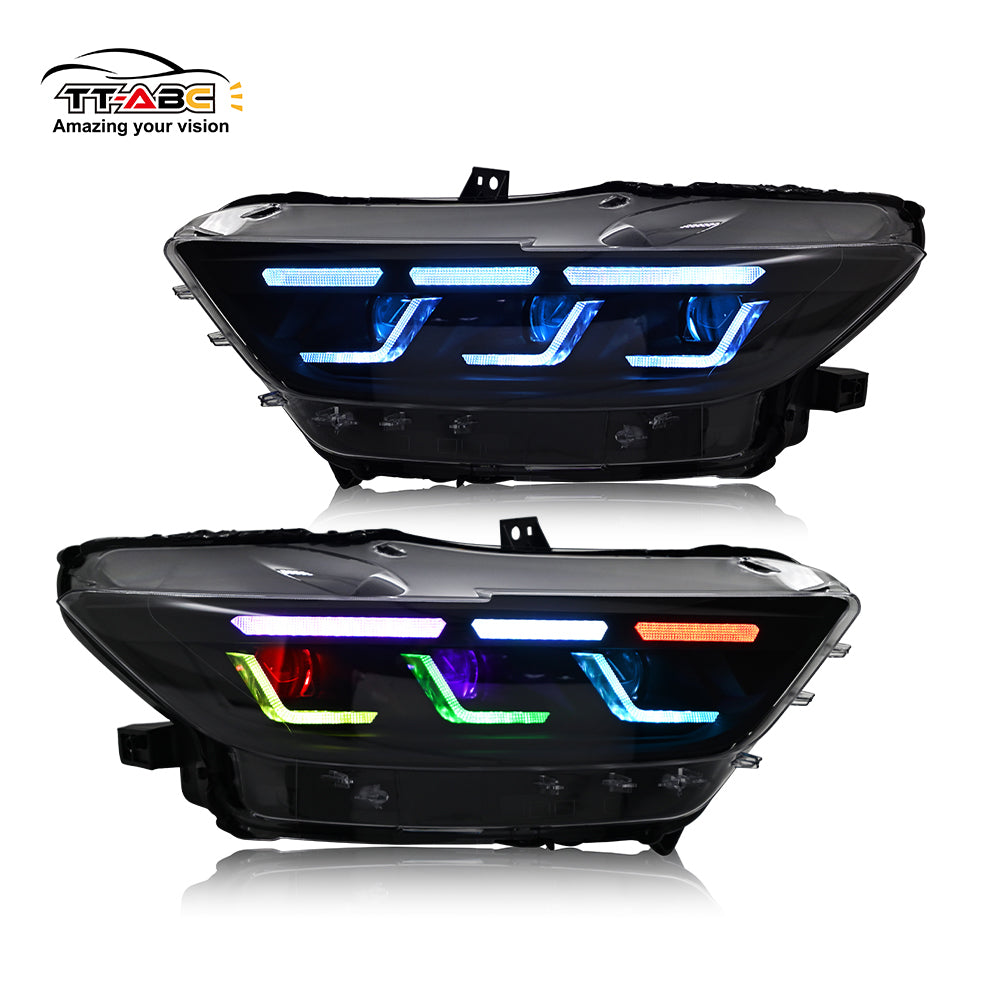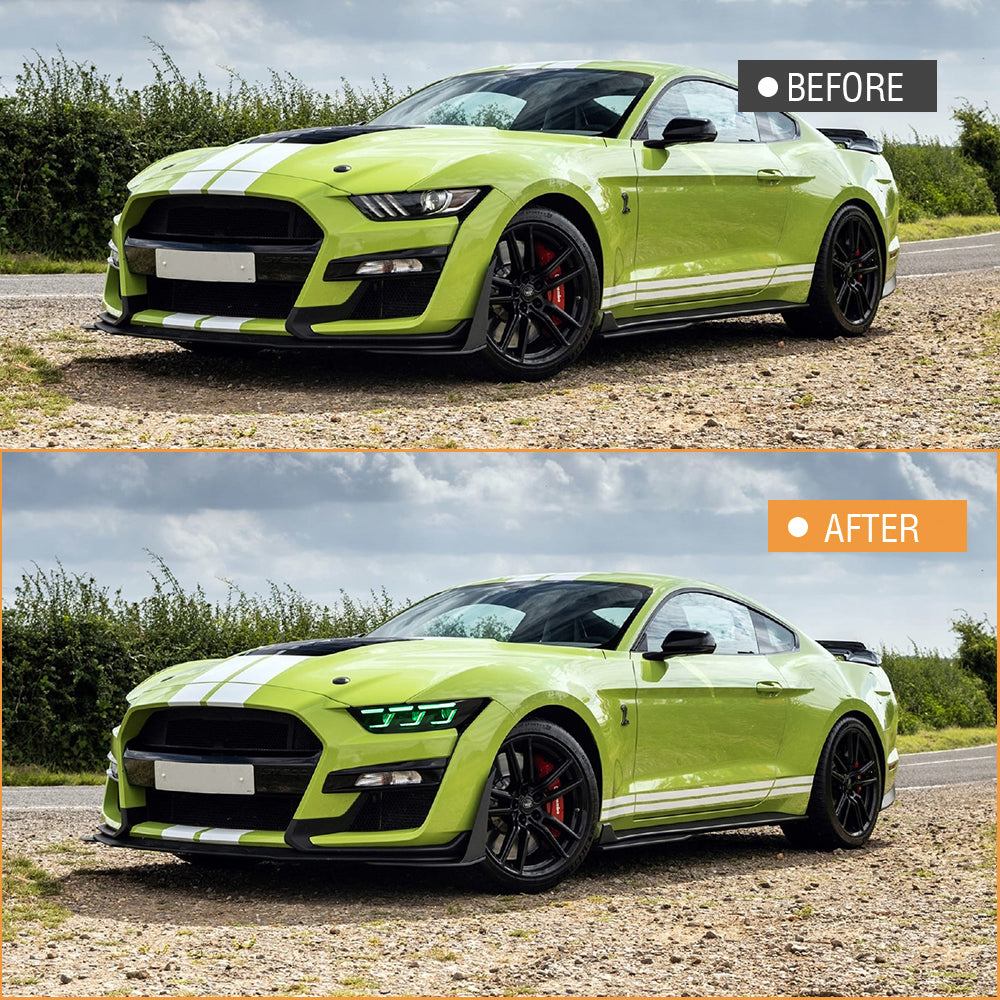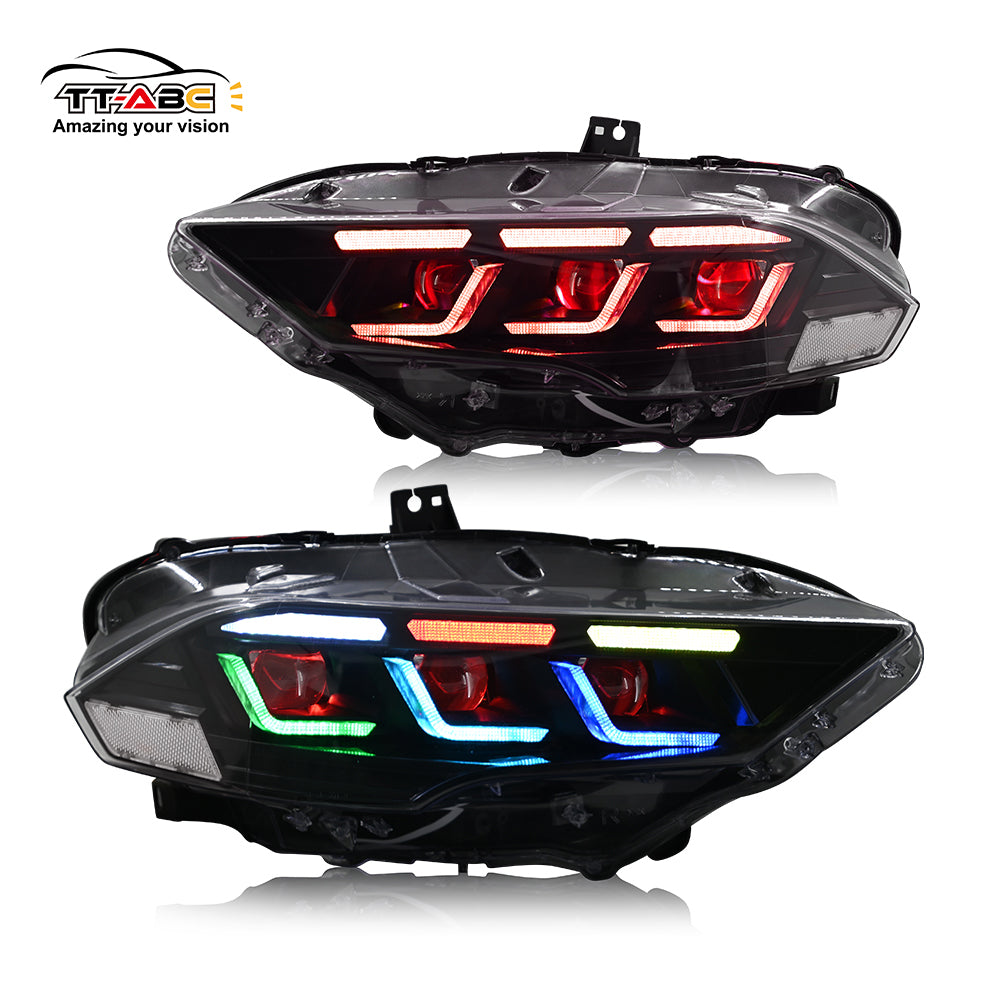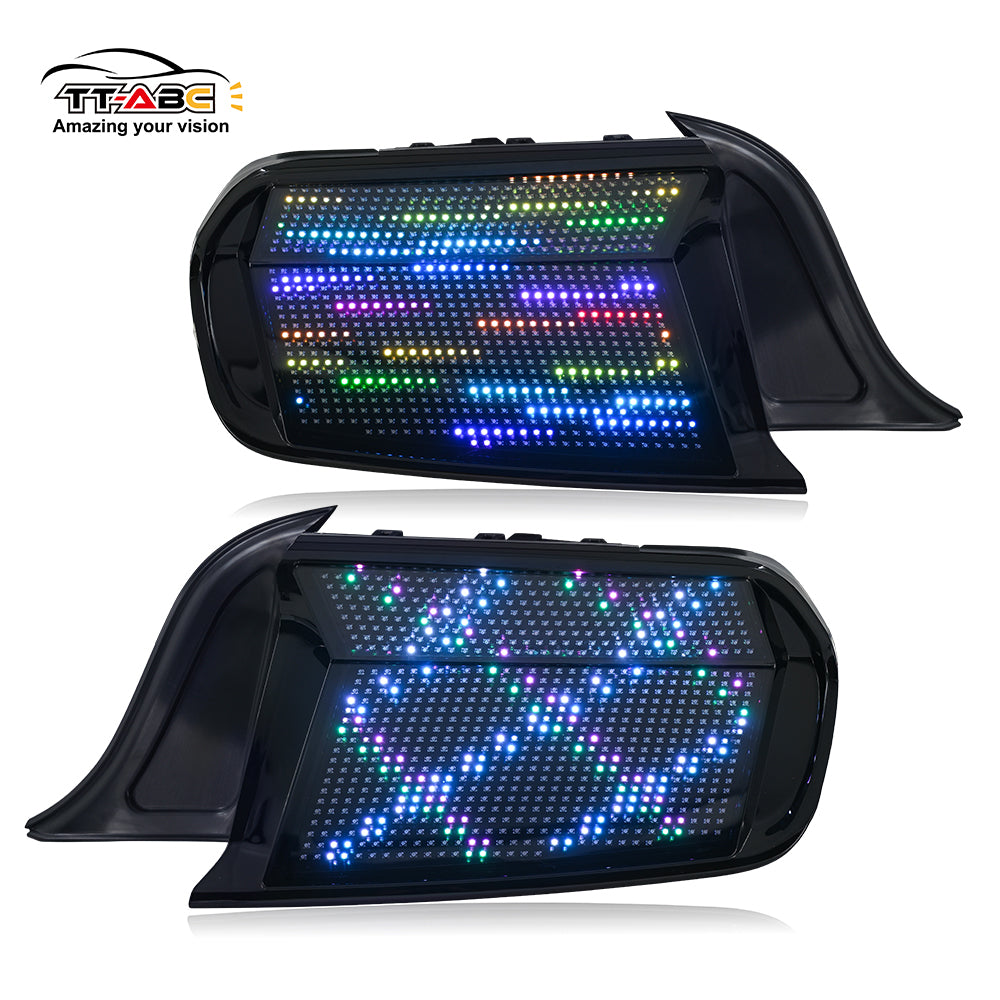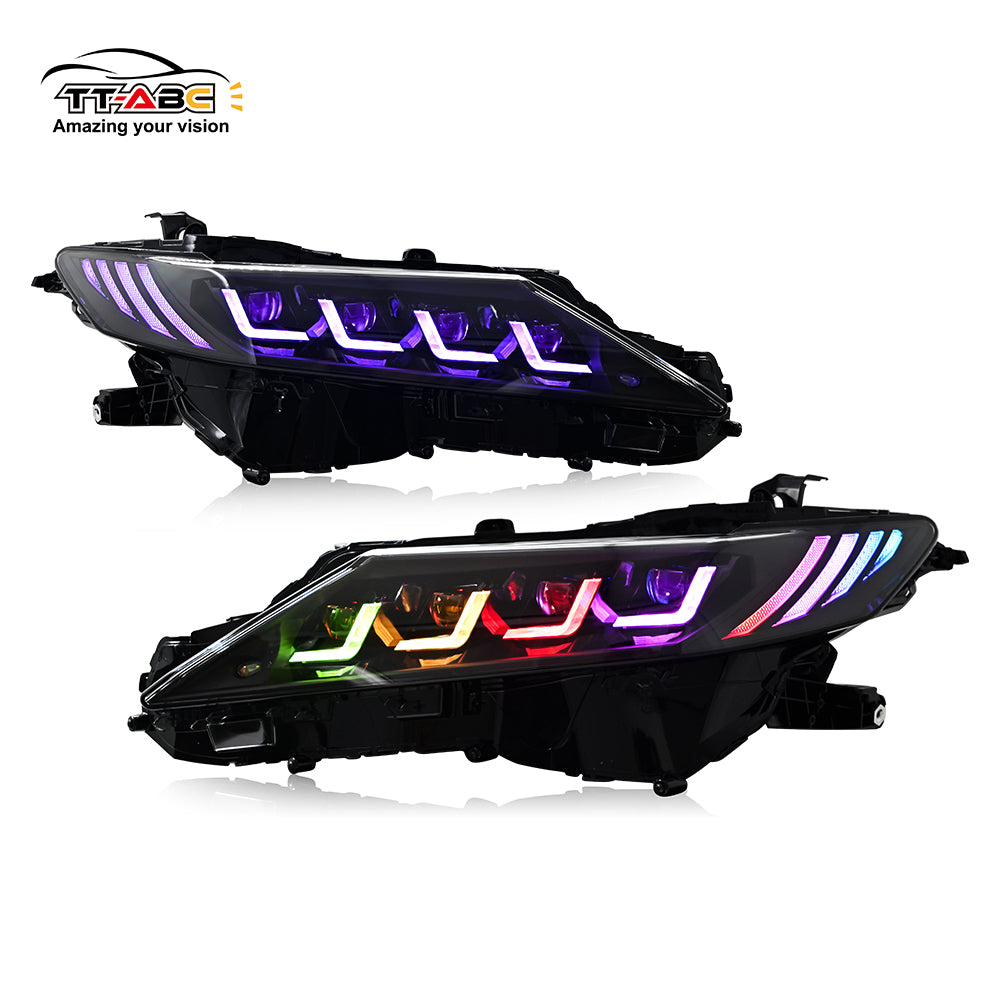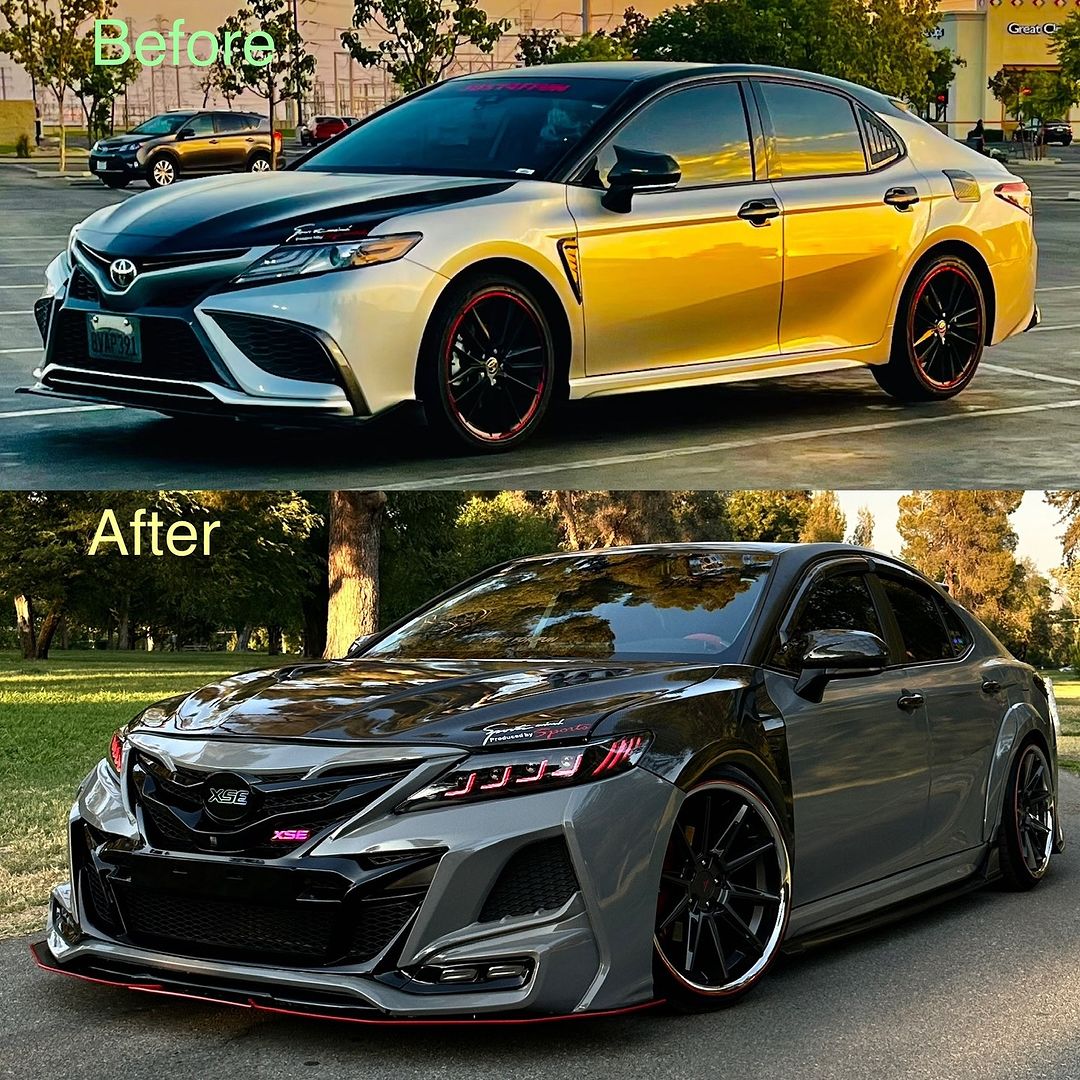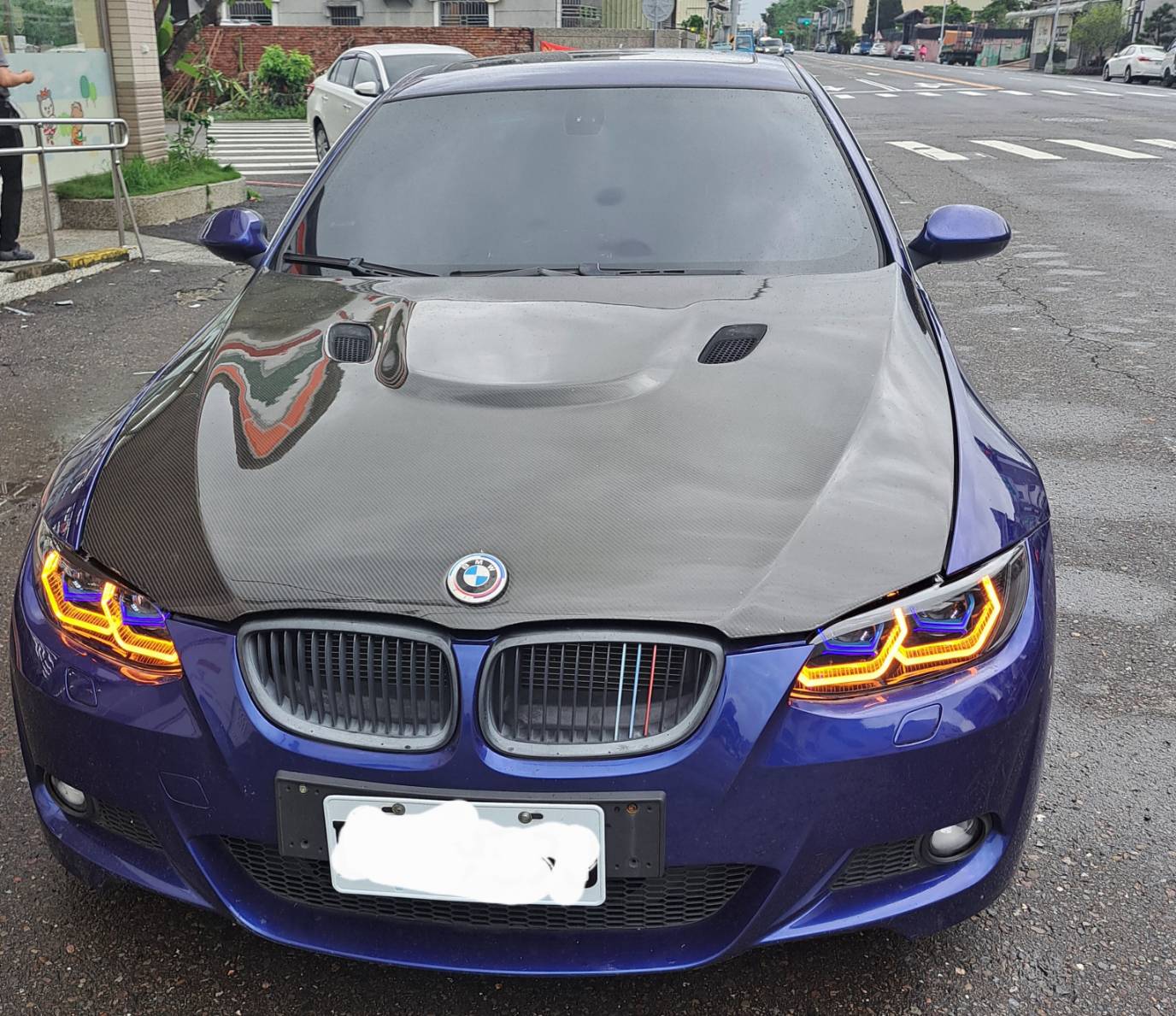Au fil des ans, la conception des phares automobiles a considérablement changé, passant d'une partie utilitaire du véhicule à une partie essentielle de la conception et du fonctionnement global du véhicule. Malgré ce changement, la fonctionnalité de base de la plupart des systèmes d'éclairage des véhicules reste la même qu'il y a 50 ans. Même les phares sophistiqués se limitent principalement aux feux de croisement, aux feux de route et peuvent peut-être basculer automatiquement entre les deux en fonction des conditions de la route.
Dans certaines parties du monde, cependant, la conception des phares évolue, et de manière importante. Ils deviennent plus intelligents et ont évolué au point de pouvoir briller différemment en fonction de ce qui se passe sur la route (et à proximité) devant. Les nouveaux phares intelligents font passer les feux de route automatiques pour une technologie ancienne. Voyons donc ce qu'ils sont et pourquoi ils sont si avancés.
Que sont les phares intelligents ?
Les phares intelligents, également appelés phares adaptatifs ou phares à faisceau de route adaptatif (ADB), éclairent la route avec un faisceau constant qui est aussi lumineux que les feux de route d'un système de phares conventionnel. Au lieu que le conducteur ou l'ordinateur du véhicule bascule entre deux réglages de luminosité, les systèmes ADB utilisent des capteurs et des conceptions d'unités lumineuses spéciales pour modifier la forme, la luminosité et la direction de la lumière. Cela peut être réalisé grâce à des systèmes d'obturateurs qui bloquent physiquement une partie du faisceau des phares, ou à l'aide d'unités de phares matricielles composées de plusieurs sources lumineuses qui peuvent être allumées et éteintes selon les besoins. Les phares adaptatifs peuvent également faire référence à des systèmes d'éclairage qui changent de direction en fonction de la direction du véhicule. Vous avez peut-être déjà entendu ce terme pour décrire les feux de route automatiques ou des dispositifs similaires, mais ces systèmes ne sont pas fonctionnellement les mêmes que les feux décrits ici.
Le fonctionnement des phares intelligents comprend les aspects suivants :
Commande marche/arrêt automatique : les phares intelligents détectent les changements d'intensité de la lumière extérieure grâce à des capteurs de lumière installés derrière les phares. Lorsque la lumière s'assombrit, le capteur envoie un signal au boîtier de commande central intelligent, qui allume automatiquement les phares ; lorsque la lumière s'intensifie, le boîtier de commande éteint automatiquement les phares. Cette fonction résout le problème des conducteurs qui oublient d'allumer leurs phares lorsqu'il fait sombre, en particulier dans des conditions de mauvaise visibilité comme dans les tunnels. Les phares automatiques peuvent fournir un éclairage suffisant pour aider les conducteurs à mieux voir la route devant eux, améliorant ainsi la sécurité de conduite.
Réglage intelligent de la luminosité : les phares automatiques ont la fonction de réglage intelligent de la luminosité, qui peut ajuster automatiquement la luminosité des phares en fonction des changements de lumière extérieure. Ce système d'éclairage intelligent garantit que les conducteurs peuvent avoir une vue claire dans toutes les conditions d'éclairage, afin qu'ils puissent se concentrer davantage sur la conduite et réduire la possibilité d'être distraits en réglant manuellement les lumières.
Évitez d'éblouir les conducteurs venant en sens inverse : les phares intelligents peuvent également ajuster automatiquement la hauteur d'éclairage des feux de croisement en fonction de la répartition de la lumière au sol ou de la distance entre les deux véhicules pour éviter d'éblouir les conducteurs venant en sens inverse. Cette fonction est réalisée grâce au boîtier de commande intelligent central et au système de commande photosensible, garantissant la sécurité de la conduite de nuit.
Adaptation aux conditions de la route et au comportement de conduite : les phares intelligents peuvent également modifier les feux de route en fonction de la vitesse du véhicule en fonction de la position de la pédale d'accélérateur ou de la vitesse du véhicule. Lorsque la vitesse est élevée, la lumière est lointaine et étroite, et lorsque la vitesse est lente, la lumière est proche et large. De plus, en fonction de l'angle de braquage, de la vitesse, des conditions de la route et d'autres conditions, la direction de l'éclairage lors des virages est automatiquement ajustée pour éviter les angles morts visuels et améliorer encore les performances de sécurité.
En résumé, les phares intelligents, grâce à la synergie du système de commande photosensible et du boîtier de commande intelligent central, réalisent les fonctions de commande automatique des interrupteurs, de réglage intelligent de la luminosité, d'évitement de l'éblouissement des conducteurs venant en sens inverse et d'adaptation aux conditions de la route et aux comportements de conduite, améliorant ainsi la sécurité de conduite et l'expérience de conduite de nuit et dans des environnements complexes.










